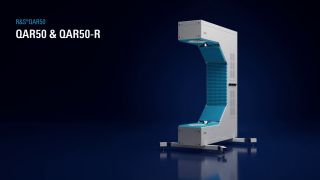The R&S®QAR50 automotive radome and bumper tester uses microwave imaging to give you deep insight into the material quality of your radomes during development and production but so much more. Watch this series of 14 application videos to get guidance on the options and capabilities of the QAR from measurement principles and calibration to frequency response and phase mask measurements.


















